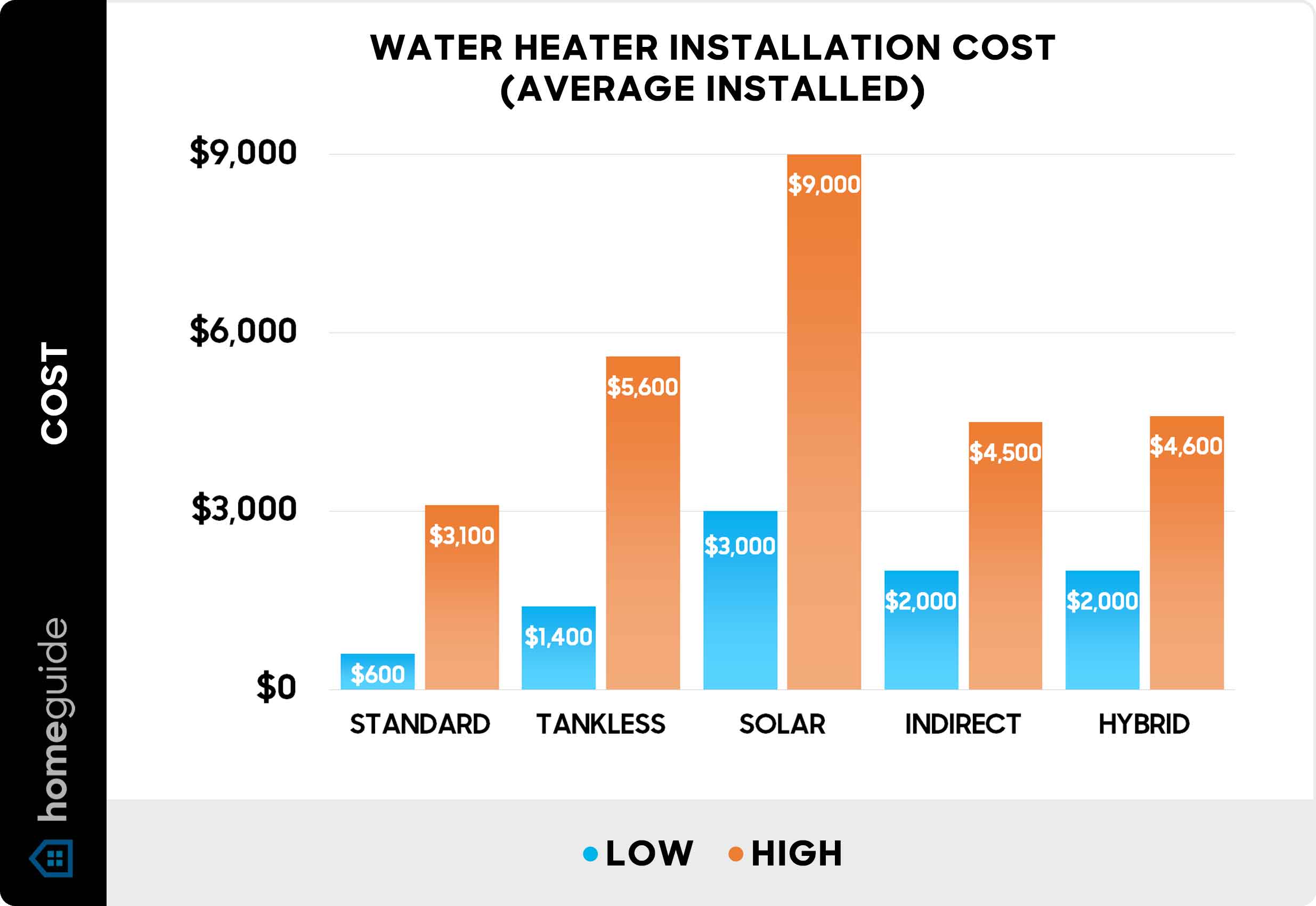A malfunctioning refrigerator water dispenser can be incredibly frustrating, especially on a hot day when you’re craving a refreshing glass of water. Instead of immediately calling a repair technician, there are several troubleshooting steps you can take to diagnose and potentially fix the issue yourself. Understanding the common culprits behind a non-functioning water dispenser, like frozen water lines or a faulty water inlet valve, can save you time and money. Before diving in, make sure to unplug your refrigerator for safety, and let’s explore the common reasons why your refrigerator water dispenser might not be dispensing any water.
Common Causes of a Non-Working Water Dispenser
Several factors can contribute to a refrigerator water dispenser refusing to cooperate. Identifying the root cause is the first step toward a successful repair. Let’s examine some of the most frequent culprits:
- Frozen Water Line: This is a very common problem. The water line that supplies water to the dispenser can freeze, especially if the freezer is set too cold.
- Clogged Water Filter: A dirty or clogged water filter restricts water flow, preventing the dispenser from working properly.
- Faulty Water Inlet Valve: The water inlet valve controls the flow of water into the refrigerator. If it fails, water won’t reach the dispenser.
- Dispenser Switch Malfunction: The switch that activates the dispenser can wear out or break over time.
- Low Water Pressure: Insufficient water pressure to the refrigerator can prevent the dispenser from functioning correctly.
Troubleshooting Steps
Now that we know the potential causes, let’s walk through some troubleshooting steps you can take to resolve the issue:
1. Check the Water Filter
A clogged water filter is one of the most common reasons for a malfunctioning water dispenser. Replace the filter according to the manufacturer’s instructions; Most manufacturers recommend replacing the filter every six months.
2. Inspect the Water Line for Freezing
Locate the water line that runs to your refrigerator, typically at the back. Look for any signs of freezing. If you suspect a frozen water line, try the following:
- Unplug the Refrigerator: Allow the ice to thaw naturally.
- Use a Hair Dryer: Carefully apply heat to the water line (avoiding any electrical components) to melt the ice.
- Check the Freezer Temperature: Ensure that the freezer temperature is not set too low. A temperature of 0°F (-18°C) is generally recommended.
3. Test the Water Inlet Valve
The water inlet valve is responsible for allowing water to flow into the refrigerator. To test it, you’ll need a multimeter. If you’re not comfortable working with electrical components, it’s best to consult a qualified technician.
4. Examine the Dispenser Switch
The dispenser switch activates the water dispenser when you press the lever or button. Check for any signs of damage or wear. You can often test the switch with a multimeter to see if it’s functioning correctly.
When to Call a Professional
While many water dispenser issues can be resolved with some basic troubleshooting, there are times when it’s best to call a professional appliance repair technician. If you’ve tried the steps above and your refrigerator water dispenser is still not working, or if you’re uncomfortable working with electrical components, seeking professional assistance is the safest and most efficient option.
After trying these troubleshooting steps, if your refrigerator water dispenser is still not dispensing water, it’s time to seek professional help. A qualified technician can diagnose more complex issues and perform necessary repairs to get your water dispenser back in working order.







